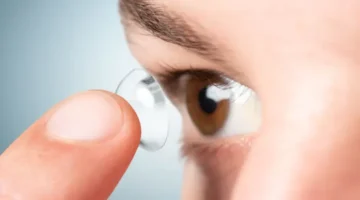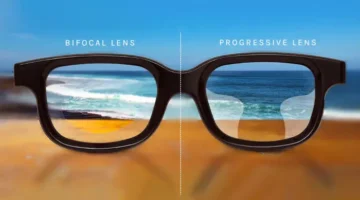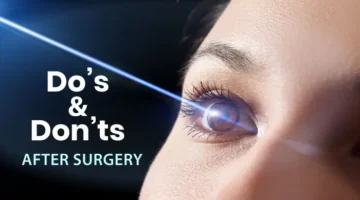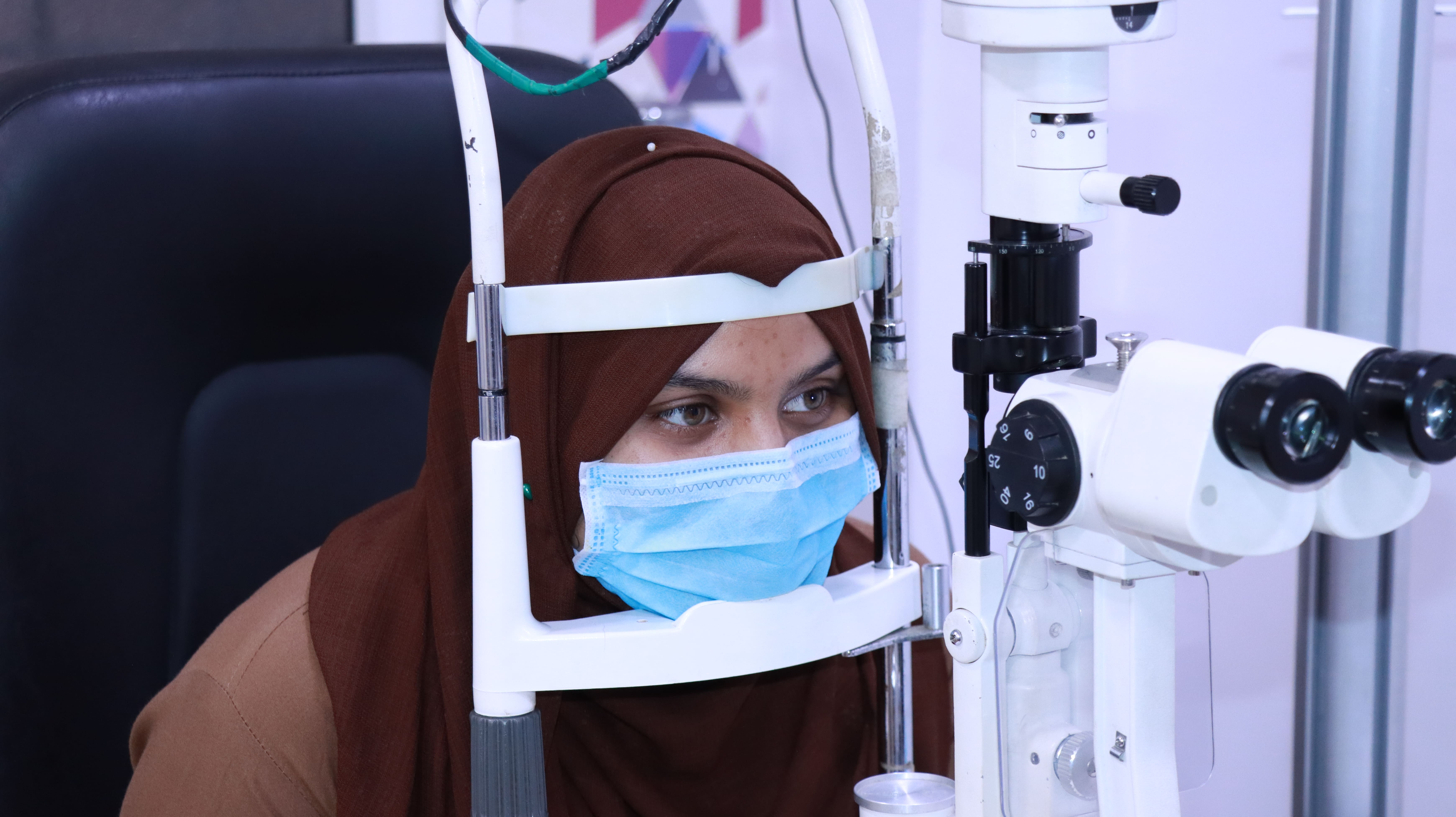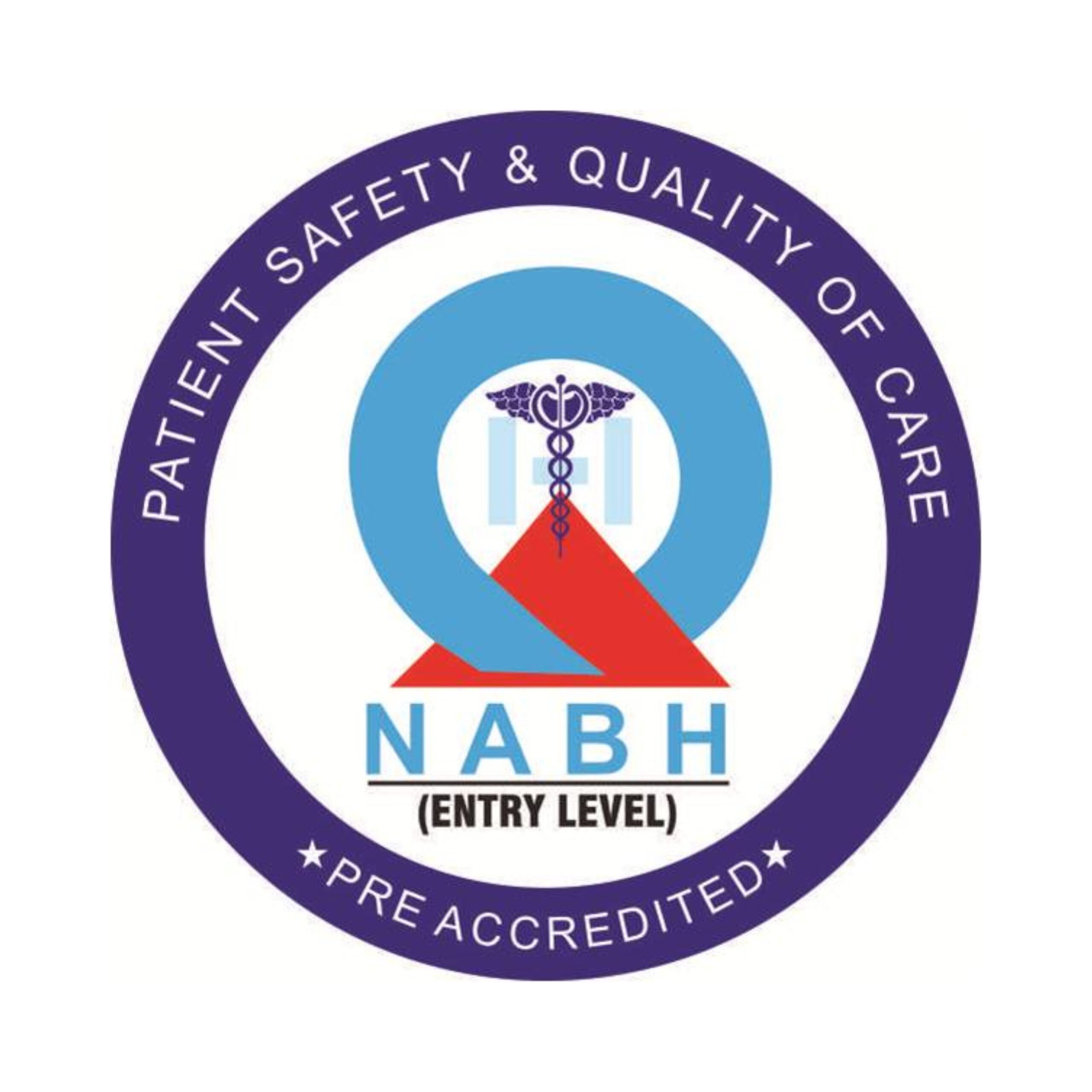A cataract is an eye ailment and the most common one faced by people worldwide. Cataracts mainly develop over the years and can be associated with ageing. It mostly leads to fogging of the vision and, if not treated on time, might lead to blindness eventually. Thankfully, with the advancement of medical technology, cataract surgery has made a lot of progress, and recovery of lost vision to this disease is also possible nowadays. Presently, it is treated as one of the few safe and successful ophthalmological procedures.
Types of cataract Surgery
The most common treatment of Cataracts is surgery. Patients with cataracts may be provided with two options for surgery:
- Conventional Cataract Surgery
- Laser/Bladeless cataract surgery
Conventional Cataract Surgery
This kind of surgery is generally known as Phacoemulsification. Ophthalmologists, in this case, make a small incision in the cornea of the eye with surgical tools. After that, a small instrument is inserted through the incision. This instrument travels on the backside of the pupil where the eye’s lens is placed. The surgeon then opens up the lens socket. Then another instrument is inserted through the incision, and sound waves are applied to break down the foggy lens. Consequently, the old broken-down lens is replaced with an artificial intraocular lens (IOL). The incision made during the surgery is generally self-healing and usually does not need stitches.
Laser/Bladeless cataract surgery
In this kind of surgery, a camera/ultrasound device (attached to a computerized system) is placed over the affected eye to find out the area to be operated. This camera finds out the location and condition of the lens. The computerized system then can gauge the position where the laser incision is to be made. Here, two options may be available to the surgeon. They may use the laser to create an incision in the cornea and then open the lens socket. The other option is using energy from the laser to diminish the cataract, where ultrasound/sound waves are used to disintegrate the lens into parts and suction out of the eye. Subsequently, the IOL is then placed in the eye. Like phacoemulsification, here also, the incision usually does not need stitches.

Benefits and disadvantages of Bladeless cataract surgery
Ophthalmologists suggest that following are the major benefits of bladeless cataract surgery:
- Improved accuracy of incisions and hence more precise surgical procedures can be performed
- Increase in patient safety as this surgery is mostly painless, suture-less, and bloodless in nature
- It scarcely takes around 10-15 minutes for a successful surgery
- Much better results than other types of surgery
- Faster recovery time
- Capable of astigmatism correction
The main problem of laser-based cataract surgery is
- High cost of the laser and the disposables used for this type of surgery.
- This type of surgery may also specifically have intraoperative capsular complications, along with facing the perils of intraoperative miosis and the learning curve.
Who can undergo bladeless cataract surgery?
It is a well-known fact that the chances of bladeless cataract surgery cost increase with old age. For undergoing bladeless cataract surgery near me in India, doctors may look into the following facts in the patient:
- Whether the patient has any disease like diabetes
- The habits of the patient like smoking or alcohol use
- Whether the patient has any constant need to be in situations like constant laborious work, or being exposed to sun rays etc.
The doctors mainly look into these things to understand the speed of recovery as well as take precautions that may be necessary to avoid any post-operative complexity.
Recovery from Bladeless Cataract Surgery
Complications/ Risks associated with bladeless bladeless cataract surgery in chennai
Studies have revealed that a certain complication may arise for some patients in case of cataract surgery. This complication may be called Detachment of Retina – There is an increased chance of getting retinal detachment after cataract surgery. Also, sometimes other complications like high myopia (nearsightedness) can increase the prospect of the detachment of the retina furthermore. Some symptoms of retinal detachment are floating spots or seeing flashes. Patients should pay immediate attention and visit the doctor immediately in case such symptoms are visible to them after surgery.
The surgeons mostly give the following advice for faster recovery and follow-up care:
- Patients are advised to put on an eye shield for the first 24 to 48 hours after the surgery to avoid the operated eye from being scratched or accidentally rubbed.
- After 24 to 48 hours generally, a follow-up check-up is scheduled with the surgeon to remove the eye shield.
- Regular eye drops, mostly antibiotics and anti-inflammatory, need to be taken for a prescribed period to prevent infection or inflammation.
- Doctors may prescribe some specific post-operation instructions based on the patient’s condition.
- Patients are mostly allowed to go back to their normal activities after the post-operative visit to the surgeon.
- A bit of discharge of fluid, itching and mild discomfort is a common post-operative symptom that is observed in most patients.
- It may also be advised to limit activities like bending down or lifting heavy weights for some time though normal activities like walking, climbing stairs and light household work are usually allowed.


